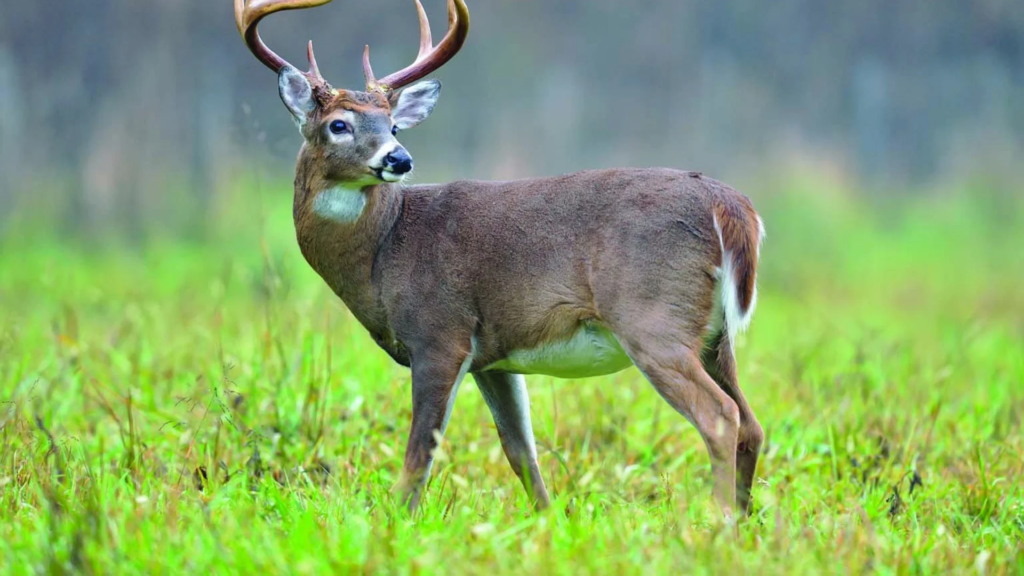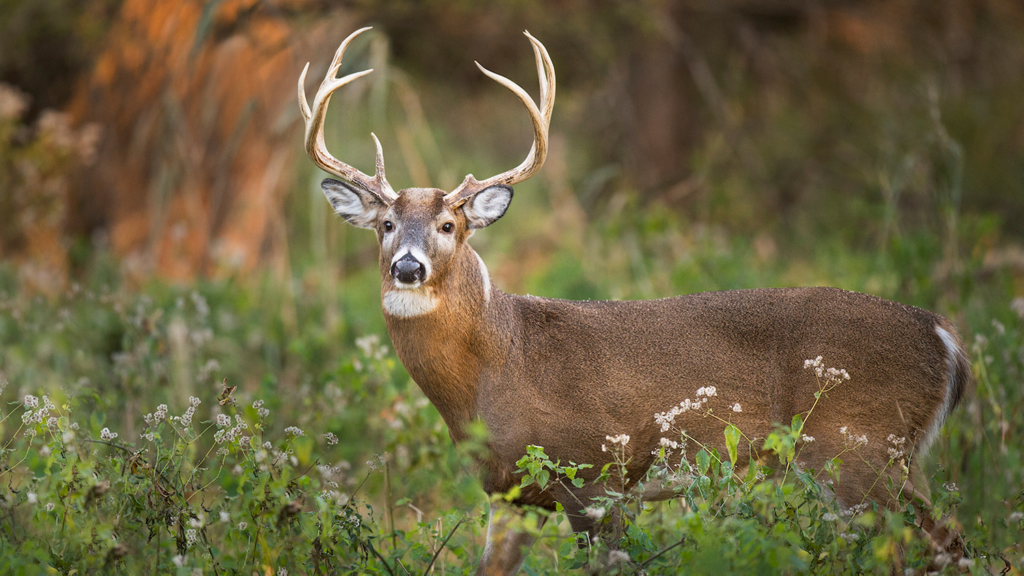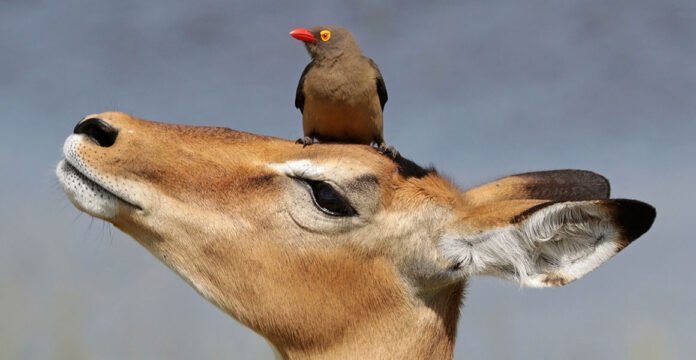How do deer and bird show commensalism? In nature, deer and birds often have a unique and peaceful relationship known as commensalism. This means one species benefits while the other is neither helped nor harmed. Deer move through forests and fields, often disturbing insects and small creatures that birds love to eat. Birds follow deer, taking advantage of this easy food source, without affecting the deer in any way. This fascinating relationship helps both animals, making it a perfect example of commensalism.
What Is Commensalism? A Simple Explanation
Commensalism is a special relationship in nature where one animal benefits while the other is neither helped nor harmed. It’s different from mutualism, where both animals benefit, and parasitism, where one benefits while harming the other. Commensalism happens when one animal gets something good out of the relationship without affecting the other.
In the case of how do deer and bird are commensalism, the birds get food while the deer go about their day. The deer do not need the birds to get food, and the birds do not harm the deer. This peaceful relationship is a good example of commensalism in nature.
- One animal gets something good.
- The other animal is not harmed.
- It helps one animal but does not affect the other.
How Do Deer and Birds Benefit from Commensalism

In the wild, deer and birds have a unique relationship where birds follow deer to find food. As deer move through fields or forests, they stir up insects and small creatures, which the birds love to eat. This gives the birds an easy source of food without having to hunt for it. The birds do not need to do anything to get their food; they simply follow the deer, which helps them find tasty snacks.
The deer, on the other hand, do not benefit from the birds in any way. They are just going about their daily activities and are not harmed or helped by the birds. This shows a clear example of how do deer and bird are commensalism, where the birds gain something, but the deer don’t even notice them.
- Birds follow deer for easy food.
- Deer do not benefit from the birds.
- The relationship helps the birds find food without harm.
Why Do Birds Follow Deer? The Secret to Their Relationship
Birds follow deer because the movement of the deer makes it easier for them to find food. As deer walk through the grass or forest, they scare up insects, small animals, and even seeds that the birds can eat. This is a very helpful behavior for birds, as it saves them time and effort in searching for food on their own. Birds don’t do anything to help the deer, but they benefit from the deer’s actions.
While the deer continue their activities, the birds eat what the deer unintentionally disturb. This type of behavior is common in nature and shows how animals can live together in harmony without one harming the other. The deer are unaware of the birds following them, and the birds are just enjoying a free meal.
- Birds eat insects that deer disturb.
- Deer unknowingly help birds find food.
- The birds gain food without affecting the deer.
How Do Deer Help Birds Find Food in the Wild

Deer play an important role in helping birds find food in the wild. When deer walk through the fields or forests, they often stir up insects, which are a main food source for birds. The birds follow closely behind, picking up these insects as they go. This gives the birds an easy way to get food without having to search for it themselves.
This relationship benefits the birds, but the deer do not notice the birds or gain anything from their presence. The deer are just doing what they do naturally, walking and feeding, while the birds take advantage of the situation to find food. This is how do deer and bird are commensalism, where one animal benefits while the other remains unaffected.
- Deer stir up insects for birds.
- Birds follow deer to eat the insects.
- The deer are unaware and do not benefit.
Conclusion
The relationship between deer and birds is a great example of commensalism in nature. The birds benefit by getting easy food from the insects that deer stir up, but the deer don’t gain anything from the birds. This shows how animals can live side by side, with one benefiting while the other remains unaffected. It’s a simple yet powerful example of how animals adapt to each other in the wild.
Understanding how do deer and bird are commensalism helps us appreciate the balance in nature. Animals have unique ways of interacting that help them survive. The birds get food, and the deer go about their daily activities without being harmed or helped. It’s a peaceful, natural relationship that plays an important part in the ecosystem.
FAQs
Q: What is commensalism?
A: Commensalism is when one animal benefits from a relationship, but the other animal is not affected.
Q: Why do birds follow deer?
A: Birds follow deer because the deer stir up insects, which the birds eat.
Q: Do deer benefit from birds?
A: No, deer do not benefit from the birds. They go about their day without noticing them.
Q: How does commensalism help birds?
A: Commensalism helps birds by providing them with an easy food source as they follow the deer.


